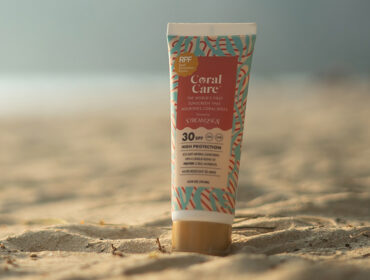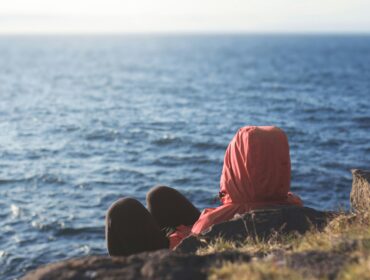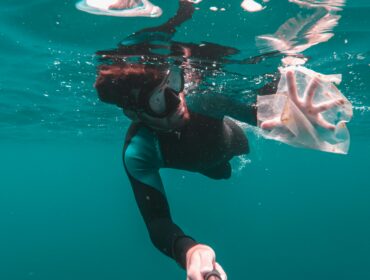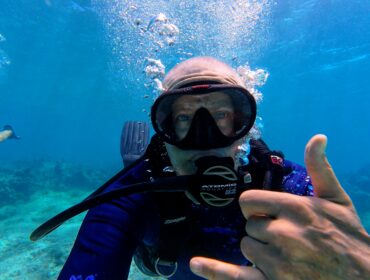Independence Day beach goers in South Florida were treated to an explosion of a different kind this year. Instead of fireworks bursting overhead, there was a swath of closed beaches and a stinky, avocado green sludge coating the sapphire blue of the Atlantic. What caused the toxic invasion? Here are some facts about the blue-green algae bloom.
The source: Lake Okeechobee. The largest lake in Florida, Okeechobee collects runoff from local agricultural sources, everything from fertilizer to manure. As water levels rise, levees are opened to discharge the excess in order to save local communities from flooding. This runoff then ends up in the Gulf of Mexico and in the Atlantic ocean.
What it is: Cyanobacteria. Blue-green algae gets its name from the color, but is really a closer relative to bacteria than algae. It thrives in the nutrient-rich environment created by agricultural runoff, reproducing rapidly through photosynthesis, causing what is referred to as a bloom. The cyanobacteria is able to maintain enough buoyancy to float to the surface, where it accumulates in an oily layer that has been described as looking like paint or guacamole.
The bad news: Not all cyanobacteria are toxic but some can pose serious health risks, and you can’t tell just by looking at it. A non-toxic strain can quickly turn toxic, requiring constant monitoring of the blooms. Long term exposure to this cyanobacteria can cause nerve and liver problems. Short term conditions from a brief dip in an infected waterway can include stomach pains, vomiting, diarrhea, and skin rashes.
The good news: Cyanobacteria cannot survive long in these mass numbers. The bloom naturally dies off within one to two weeks. If conditions remain favorable, another bloom can occur but that, too, will dissipate on its own. While it may appear that the blue-green algae bloom may seem to be lasting for several weeks, it is actually a succession of individual occurrences.
What can you do: Check with the local water management board before diving or swimming. Even paddleboarding or kayaking can be risky. Keep pets out of the water if a bloom alert is present. Any lake or waterway can suffer this unpleasant blue-green algae, so dive safe this summer and check the most recent information before hitting the water.




